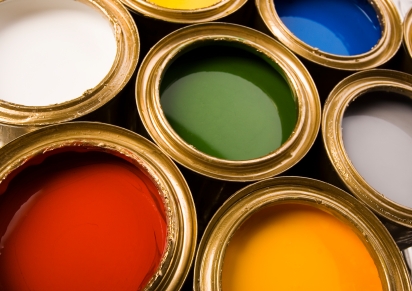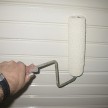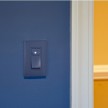10 Steps to A Perfect Paint Job
Proper Painting Preparation:
A poor paint job often shows up after the painter is gone and the check has cleared. Most paint jobs fail because an important step in the preparation phase was skipped or done poorly.
A poor paint job often manifests itself in paint failure such as; flaking, chipping, paint peeling in sheets, bleeding spots or mildew. Following basic paint preparation steps is easy and will ensure a quality job that will stand the wear and tear of our busy life.
Here are 10 paint preparation steps to a quality paint job:
1. Protect the room:
This means removing items from the room. Large items or furniture can be moved to the center of the room and covered with drop cloths.
For long term projects covering the floor with kraft paper and taped-down with blue painters tape. This ensures good protection, especially on hardwood floors. Then cover the kraft paper with a heavy duty drop cloth. For shorter jobs cover the entire floor with heavy-duty, good quality drop cloths.
Remove all artwork and pictures from the wall.
2. Organize your tool and materials. Stage the room:
Having all of the tools you need in the room is essential. Running back and forth to the truck is a colossal waste of time.
3. Set up lighting:
Use a combination of self-standing lighting and clamp lights. Take the time to completely light your work area and eliminate shadows.Imperfections in surfaces show up under lighting, especially when the light is at a ninety degree angle.
4. Remove electrical fixtures and switch and wall plates:
Painting around lighting fixtures, thermostats and wall plates is amateurish. Large fixtures light like huge chandeliers are the exception and can be protected with plastic but make sure to remove or lower the escutcheon plates.
5. Wash the walls:
This is often a crucial step that is overlooked or skipped. Years of dirt, smudges, hand oil, smoke and surface residue sit on the surface and MUST be washed off.
I recommend using a combination of trisodium phosphate [TSP] and water with drop of dish detergent as a cleaning solution. [1/4 cup TSP per gallon is a good mix] Make sure to dry and allow your walls and ceiling to dry prior to painting.
6. De-gloss / Etch the surface:
Glossy finishes need to be etched. Use 120 to 150 grit sandpaper to lightly do this. Remember to dust the wall with a tack cloth or damp cloth. Vacuum the area prior to painting.
7. Repair wall and woodwork damage:
This step include filling any holes from hanging pictures, damaged area or separating trim from the wall. Scrape,patch, or caulk as necessary. Repair wood trim with wood filler or wood bondo, sand smooth.
8. Mask areas not getting paint:
Taking the time to mask granite or marble surfaces like fireplace surrounds can make your life easier in the end. Mask horizontal areas [tops of baseboard trim] that is most likely going to receive splatter from rollers.
9. Apply good quality primer to walls:
Walls should always be primed to give them a flat, uniform appearance. Ceilings can be skipped if in good shape. If you plan on using a dark color it is always a good idea to tint your primer to that color. this will ensure good coverage with your top coat of paint.
10. Sand between coats:
Many people do this for trim but not on walls. the primer will help show wall defects; this is the time to remove any bumps, drops and to make any finial repairs to the wall or touch up your patch repairs. If making additional repairs, remember to dust the area and spot prime the repair prior to painting.
Remember proper preparation prevents poor performance!




















